Students of color, mentors reflect on Archer’s admissions process, diversity
Photo credit: Leslie Castaneda
An artistic illustration by Leslie Castaneda. The graphic represents students of color standing in front of the entrance of Archer.
In the interest of full disclosure, Lizette Gonzalez is a part of Young Eisner Scholars, one of the non-profit organizations mentioned in the piece.
When freshman Helen Solis began going to informational meetings about a non-profit organization called “A Better Chance,” she hoped she would be accepted into the program — an opportunity that would change her academic life. Once she found out that she had gotten accepted, she felt excited to have received the opportunity to apply to independent schools and ultimately go to Archer. She recalled going to many meetings and workshops that prepared her not just for the ISEE exam but what to expect at a private school’s campus.
“I knew that going to a predominantly white school would be a challenge for me because, in the past, I always went to a school that had almost only Latinos,” Solis said. “Having ABC guide me and prepare me helped me a lot. Without them, I wouldn’t even have known [about] Archer.”
Archer’s student body is composed of 41% of students of color, 8% higher than the National Association of Independent Schools‘ average of 33%. From an admissions standpoint, this makes sense because Archer’s student body is becoming more diverse every year, according to Associate Director of Admissions Carla Alcala.
The Oracle sat down with Archer administration, admissions, students and academic non-profit organizations to talk about fostering diversity at independent schools. More specifically, students and faculty reflected on the changes that have come with Archer’s increasingly diverse student body, as well as the school’s areas for future growth.
Obstacles and support for families of color
Some students of color at Archer are part of non-profit organizations that help guide students of color in the independent school admissions process. Admissions director Felicia Paik said that Archer partners with non-profit organizations Independent Schools Alliance, Young Eisner Scholars (YES) and A Better Chance (ABC).
ABC’s process of preparation is 18 months long since they offer student and parent workshops, testing assistance, financial aid guidance and more. ABC works with counselors at public schools to help identify students of color that are “academically talented,” according to Assistant Director Stephanie Flores.
“Our mission is to substantially increase the number of well educated young people of color who are capable of assuming positions of responsibility and leadership in the American society,” Flores said. “I feel passionate about being able to touch families and students who otherwise wouldn’t have these opportunities.”
Solis, who went through the ABC process, said the organization helped her and her family keep up with the admissions process and decide what school was the best fit for her.
“I think it would have been harder applying on my own without that support and guidance,” Solis said. “My parents do not really know about the process of admissions to private schools.”
Senior Angelica Gonzalez spoke about the responsibility and pressure she felt during the admissions process. Gonzalez had to translate everything for her parents, who didn’t speak English.
“That’s why, when I came to Archer and I got older, I started working with admissions myself,” Gonzalez said. “I decided to help with Spanish tours. I started translating the tour routes and training other students to do it so other families wouldn’t have to go through the same thing I did.”
YES Admissions Director Elizabeth Hernandez echoed Gonzalez’s concern about the language barrier, adding that families of color might not be able to attend admissions events because of work.
“A lot of the time parents can’t attend the interviews or they can’t attend the open houses because they are working families,” she said. “Our parents would love to be involved, but they have to make a living, and a lot of their survival is based on their income.”
Admissions Director Felicia Paik commented on how Archer is trying to make their admissions process more accessible to families. She said that the admissions program has added events such as neighborhood coffees in different areas, a financial aid workshop and better Spanish translation in events.
“There are difficult transitions that need to be made for certain students and certain families, and we hope that we do our very best to welcome everyone and everybody and embrace them,” Paik said.
Paik also reflected on the obstacles Archer faces when trying to diversify the student body, such as enrollment spaces and reaching more diverse communities.
“I wish more families knew about Archer, and that is my goal — to introduce Archer to as many people as we can,” Paik said. “I wish that we had more enrollment spaces to offer because every year, there are some kids that we cannot accept because we just do not have the space.”
Head of School Elizabeth English mentioned another factor that makes achieving diversity hard at independent schools: cost. Flores agreed with this and explained that helping low-income families learn how to acquire the financial aid they need is one of the main goals of organizations like ABC and YES. She shared a story about a student that showed the reality of this difficulty.
“There was a family where they celebrated [their acceptance] right away, and when their financial aid package came in, it was not realistic for the family,” Flores said. “They [were] asking for more than the family had, so that really broke [their] enrollment to the school.”

Young Eisner Scholars at a preparation course session on a Saturday. Scholars can go to these sessions, and mentors help them prepare for the ISEE free of cost.
Struggles after admission
After years of working with independent schools, Hernandez reflected on the struggles students of color face even after being accepted to their schools because of the new environment they are placed in.
“Schools will pick a fantastic kid, but then what happens is our kids will get on campus after that, and then they are left alone,” Hernandez said. “They feel isolated, and they can’t adapt to that environment.”
Gonzalez said the environment at Archer has changed to become more supportive and welcoming to students of color compared to when she first arrived due to more administrative support and involvement in affinity groups and events. This year, she said teachers have given her space to talk about social issues, but she worries that younger students do not have the same opportunities.
“What I still notice is that those conversations aren’t as frequent in the classes in younger grades. I wasn’t at Archer during middle school, so I don’t know how their curriculum works, but I think that affinity spaces shouldn’t be the only time younger girls get to talk about these issues,” Gonzalez said. “I think an argument that is made is that they’re too young, but I had to have uncomfortable encounters with race way before middle school.”
Middle school history teacher and Diversity, Equity and Inclusivity (DEI) Coordinator Elana Goldbaum said that there are conversations within faculty happening about how to bring these difficult conversations to all students.
“From my own teaching, there are a lot of conversations in the faculty about how every student identity should be represented in the curriculum. We are thinking about how [we can] carve out these spaces that are specifically tuned to middle school needs, which are very different than high school,” Goldbaum said. “However, every student is ready for a different level of depth, so that will vary from experience to experience.”
Hernandez added that the lack of diversity in independent schools is still a reason why the students of color she mentors struggle to adjust.
“There is not enough inclusion; there is not enough diversity on campuses,” Hernandez said. “Our kids are having to make a commitment to these schools [knowing it] is going to be challenging and difficult for them because they don’t see enough kids like them.”
Solis added that she faced this problem during her admissions process. She said she had hesitation about coming to a private school where she didn’t see herself reflected.
“When I was touring around, I was not really seeing much representation of Latinas, and that was an obstacle for me,” Solis said. “Why should I come here if I’m not being represented?”
Sophomore Mikaela Foronda-Zanipatin said she felt apprehensive about coming to a private school because she did not want to only be seen for her race.
“When I was applying here, I did not want to be a statistic to them just to show that they have a Latina,” Foronda-Zanipatin said. “I wanted to prove myself that I can go here because I am smart and capable of having the qualities an Archer girl possesses.”
Diversity at Archer
When asked why diversity in a school environment is important, senior Nia Mosby said that without diversity, people experience a limited life.
“Having mixed backgrounds allow us to get more possibilities and opportunities of living to the fullest and living in love and compassion and ending pre-conceptions and one-sided stories,” Mosby said.
Archer’s head English shares this sentiment and explained the positive benefits that she believes diversity brings to the school.
“People often feel that diversity is a noble goal, but really, as I look at it, it’s about excellence. The broader your admission pool, the better students you are going to be able to enroll,” she said. “Diversity of experience and thoughts lead to better outcomes. When you diversify leadership, you get a plurality of perspectives.”
Senior Hannah Kim said she believes Archer is providing more support for students of color, but she has sometimes felt that students of color have to continually bring the conversation up.
“We are a vocal minority because we keep having conversations with teachers, faculty and admin about how important diversity is,” Kim said. “Having diversity is an obvious answer for us, but then I feel like we have to drill it into adults. That’s what a lot of POC student leaders feel like they have to do.”
Recently, Kim has felt more support from Archer for students of color. She said students of color feel more empowered by spaces like the Student Diversity Conference Leadership Team and club meetings. She also pitched and held a screening of the movie “Parasite” on campus earlier this year. According to Kim, Dean of Students Brianna Coughlan supported this event partly because of the benefits of highlighting Asian representation in the media. Kim added that this increased support has created a greater “bond” within students of color at Archer.
“POCs have a sisterhood thing where, when I see my Asian American, younger fellow students, I feel like I want to support them or give them a platform or help and guide their way through Archer,” Kim said. “That kind of bond and connections help because we are a minority and we are coming together. I think that’s what is really special about students of color at Archer.”
Mosby also encouraged students to aim for change on their own because she is concerned about the lack of diversity within Archer’s faculty. Of the faculty, 23% identify as people of color, while 56% of the staff identify as people of color, according to English’s blog.
“Students should take it into their own hands because the faculty is predominantly white,” Mosby said. “They are not able to experience or understand how we feel.”
For example, Mosby has been working on a coalition with the Diversity Club and Interfaith/Coexistence club to make sure that students have the ability to come together and share different perspectives. According to an email about the coalition, its mission is to “show the beauty ” there is within who the students are and things that make them who they are. To do this, they hope to plan more events and hold more meetings on campus.
“We will come together and support one another not only through encouraging students to attend our clubs but through bringing our clubs to them,” Mosby said. “If all of us come together and bring our cultures and beliefs and identities to Archer more, it makes it more prevalent to others as well.”
To listen to more about Mosby’s opinions on why diversity is important, listen to the audio clip below.
Foronda-Zanipatin added that affinity groups at Archer give students a chance to talk about diversity in a safe environment.
“[Affinity groups] have helped to give a space where a lot of girls can connect with each other and know they are not alone,” Foronda-Zanipatin said. “I think that helps to bring a sense of community.”
Kim added that she wishes more people would come to club meetings to support minority groups at Archer because students of color do not have the same platform as the dominant white community.
“I think it’s important to go to those meetings,” Kim said. “By staying in your circle and not going out of it and educating yourself, you are not really being an ally — you are being a bystander.”
Senior Sarah Shintani said that the annual Diversity Conference, which was held on Jan. 19, prompted conversations about diversity with other students and faculty. She explained how events like the conference encourage the community to try to understand the different perspectives people have.
“It gives a lot of opportunities for people who don’t experience different things firsthand to have a really easy, accessible opportunity to step into a person of color’s shoes,” Shintani said.
Students’ ideas for change
Students and adults alike expressed that diversity at Archer should be talked about more and spoke about different ways this could be achieved.
“People might feel that [Archer] is putting so much emphasis on POC, but it’s important because we don’t have that platform anywhere else,” Kim said. “It’s necessary for us to have that in school because school is a safer environment where you can try new things and take risks.”
Having mixed backgrounds allow us to get more possibilities and opportunities of living to the fullest and living in love and compassion and ending pre-conceptions and one-sided stories
— Senior Nia Mosby
Hernandez not only mentioned the impact increased diversity in student bodies can have on students of color, but the “huge difference” a more diverse faculty can have on independent schools.
“Schools have one person who is designated the Latino person to speak to the students and parents,” Hernandez said. “If there is only one person, I do not think that is a good representation of the school.”
Gonzalez also spoke about what can be done with adults on campus, suggesting sending Archer teachers to events and conferences about diversity. She went to the National Association of Independent Schools Student Diversity Leadership Conference this year and said Archer would benefit from having more faculty trained to handle these types of conversations. She said support for minority groups should not only come from students but teachers as well.
“They taught me different workshops or tips so I can make sure the environment that I am creating for Latinas at Archer is better, but they do the same training with teachers too,” Gonzalez said. “Archer should send more teachers, so when someone says something inappropriate in class about a race, they know how to handle it.”
Shintani reiterated that diversity is important and should be talked about and portrayed in the classroom. She said she finds herself being the only person of color in some of her classes and recalled the lack of Asian American students she saw when she applied to Archer. She added that the lack of diversity affects the learning process and that the growth of affinity groups have become helpful for her and other students of color.
“If you’re always surrounded by people who look like you and who think like you and who had the same experience as you,” Shintani said, “You are not going to grow.”
Goldbaum shared that Archer and herself are always working towards creating a space where everyone in the community can learn from one another.
“Archer is working to look at how do we make sure that all students feel included and valued, and that is a never-ending process,” Goldbaum said. “As we investigate practices that we currently have that are beautiful and inclusive, there is always going to be an area that is going to get better or evolve over time.”
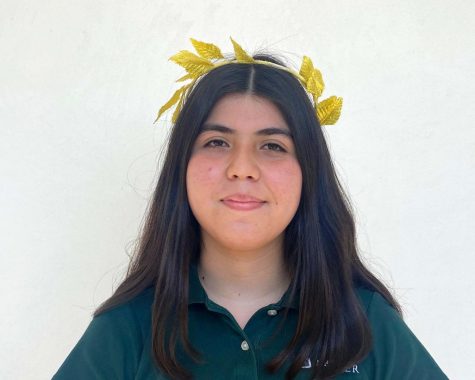
Lizette Gonzalez joined the Oracle as a staff reporter in 2019 and was Features Editor in 2022. She served on the executive board of Hermanas Unidas. In...





![Freshman Milan Earl and sophomore Lucy Kaplan sit with their grandparents at Archer’s annual Grandparents and Special Friends Day Friday, March 15. The event took place over three 75-minute sessions. “[I hope my grandparents] gain an understanding about what I do, Kaplan said, because I know they ask a lot of questions and can sort of see what I do in school and what the experience is like to be here.](https://archeroracle.org/wp-content/uploads/2024/03/grandparents-day-option-2-1200x800.jpg)



















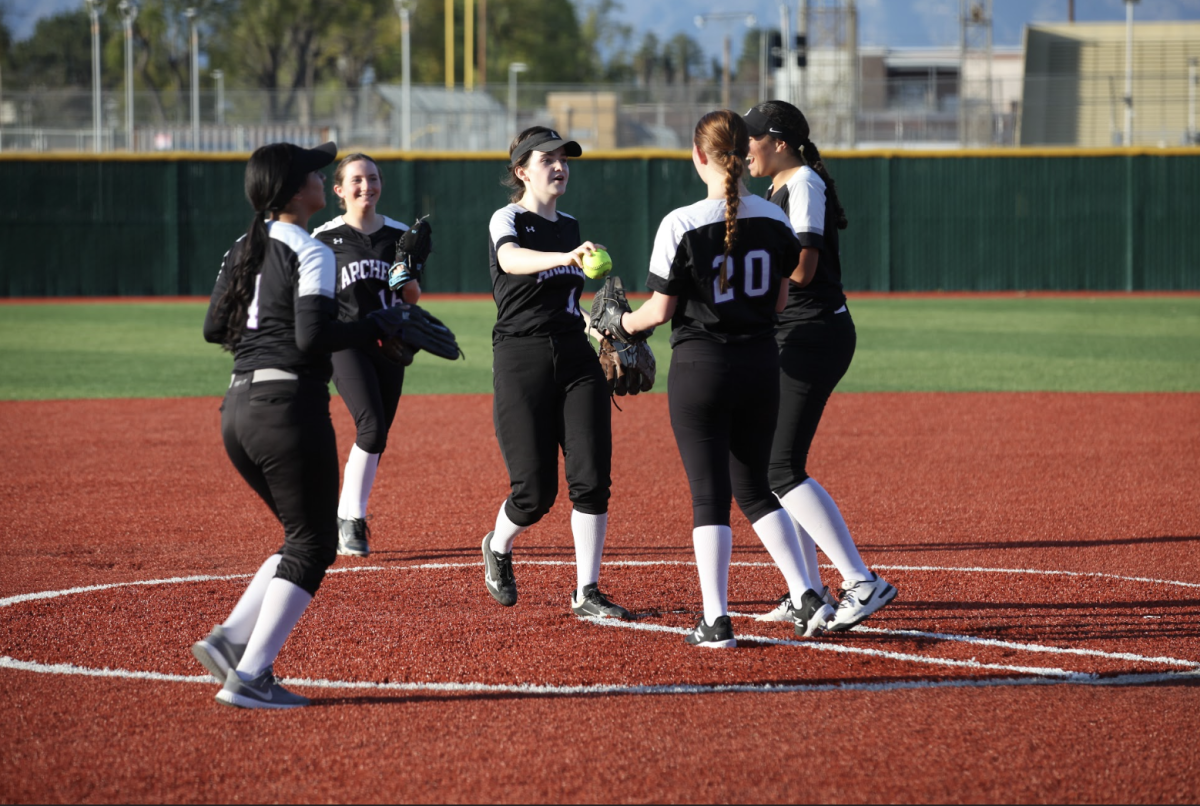
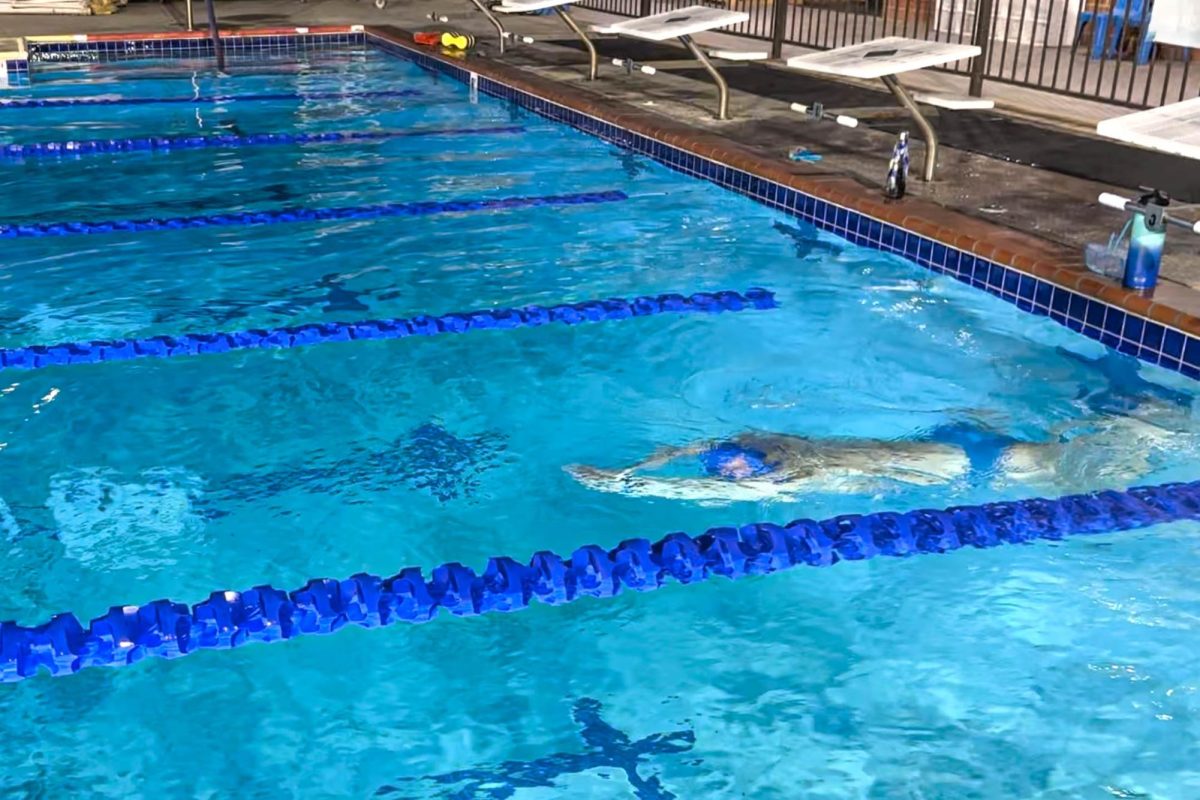

























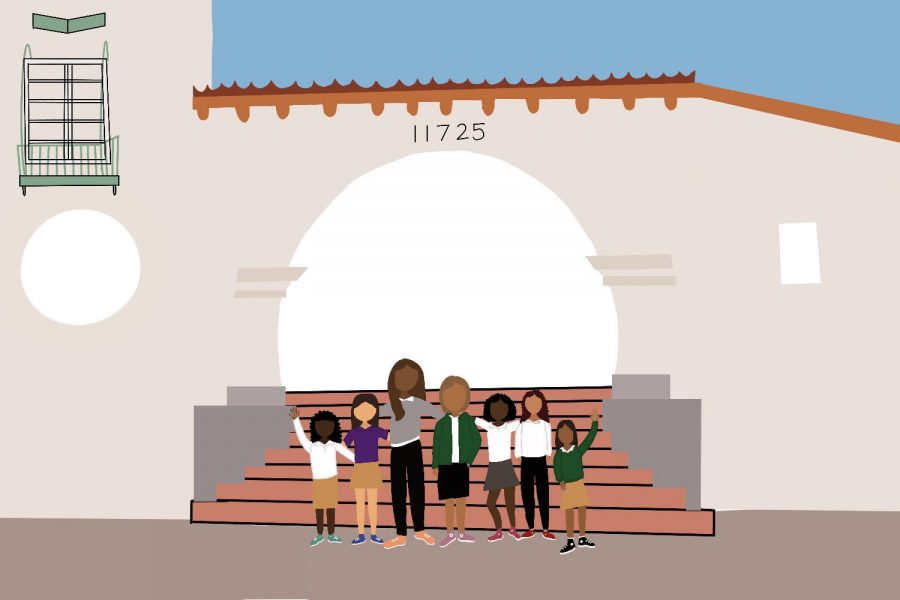
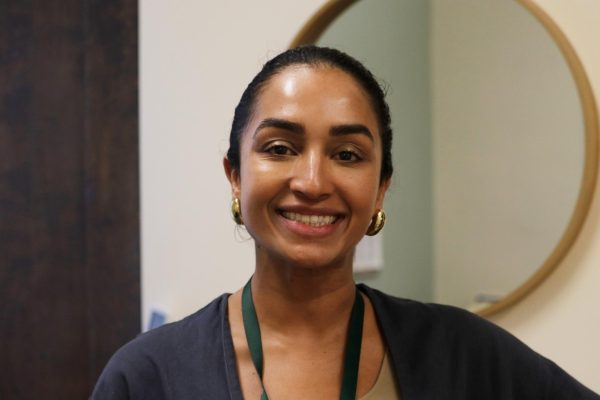
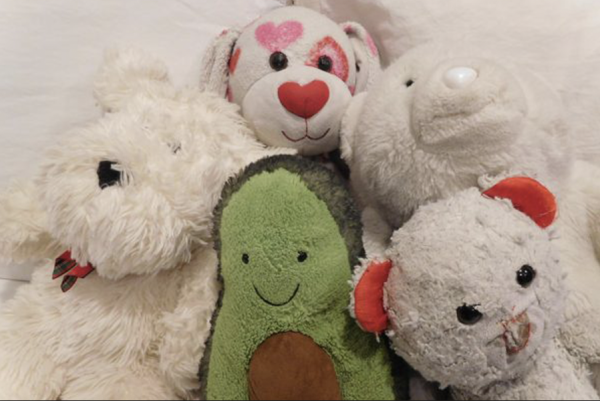
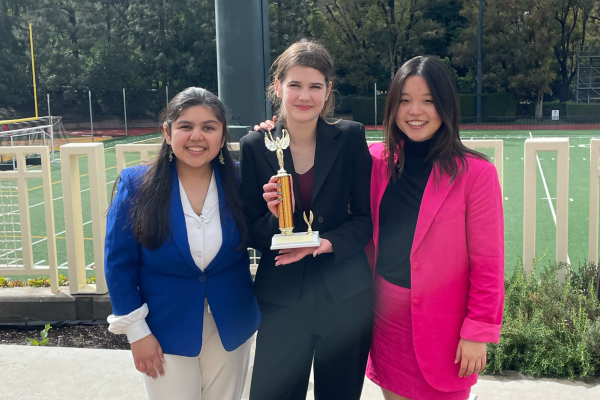


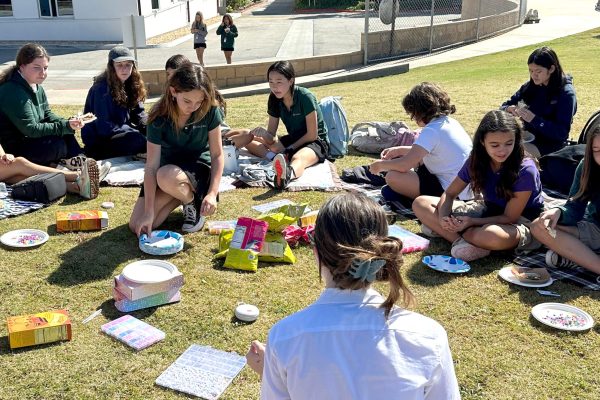

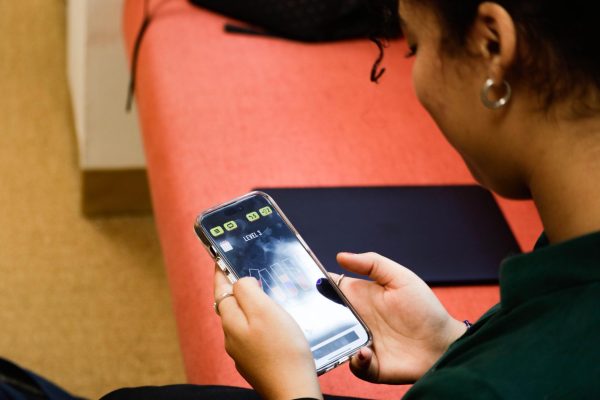
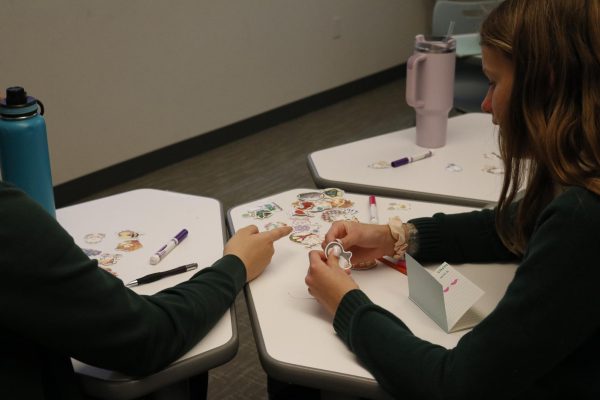

Jaime MacDonald • May 11, 2020 at 10:17 am
Lizette,
This is so thoughtful and thorough! Thank you for this informative article that left me thinking.
Ms. Terry • May 11, 2020 at 9:37 am
Excellent article Lizette!! Thank you for writing it.
Meg Shirk • May 11, 2020 at 7:29 am
This article is incredible, Lizette! Thank you for sharing your voice with the Archer community!
Angelica Gonzalez • May 10, 2020 at 11:46 pm
Thank you for writing this, Lizette. It truly was so well-written and gave voice to so many people. Thank you for allowing me to be a part of this!
Carolyn Janssen • May 10, 2020 at 11:09 pm
Thank you for this powerful piece of journalism!
Ms. Chakravarty • May 7, 2020 at 9:23 pm
Lizette, what a powerful piece of journalism! I loved reading this article. I love that you wrote it. The variety of sources you found, and the way you wove them all together to make a powerful point made me a little teary, honestly.
Katelyn Chi • May 7, 2020 at 8:27 pm
This was written so thoughtfully, thank you for sharing this with us. I felt as if I was represented within this.
Emily Cadenas • May 7, 2020 at 6:55 pm
This is truly an amazing article! Thank you for starting this conversation.
Brian Wogensen • May 7, 2020 at 5:24 pm
A well-crafted and informative article, Lizette. Thank you for shedding light and creating a piece that gives space to these voices and perspectives.
Cristina Fuentes • May 7, 2020 at 4:35 pm
I absolutely loved this article!!
Andrea Ramirez • May 7, 2020 at 4:34 pm
Thank you so much for writing about this topic Lizette! It was an amazing article and I really enjoyed reading it.
Sophie Larbalestier • May 7, 2020 at 4:02 pm
This is an incredible article, Lizette!